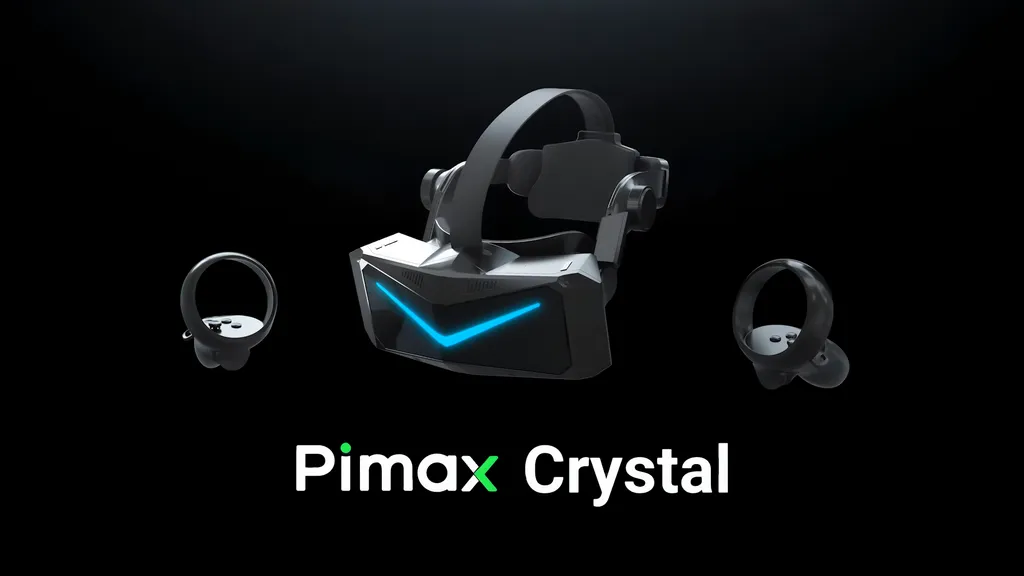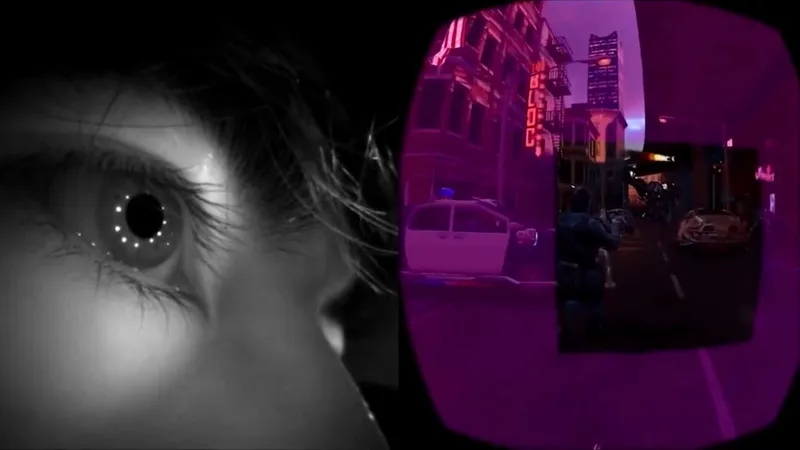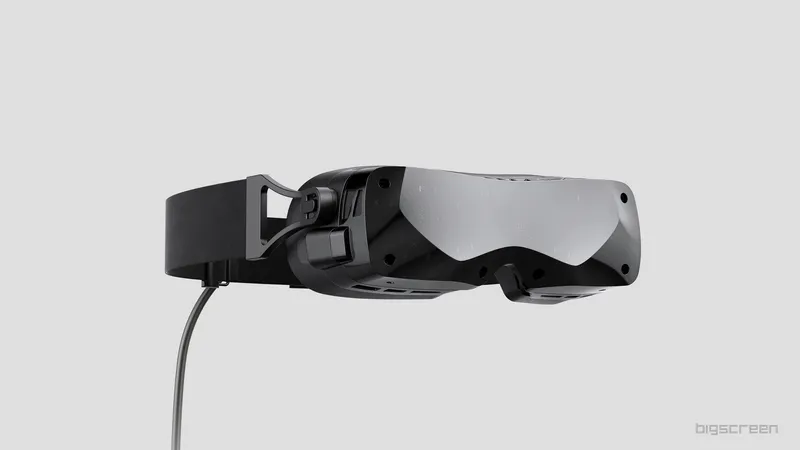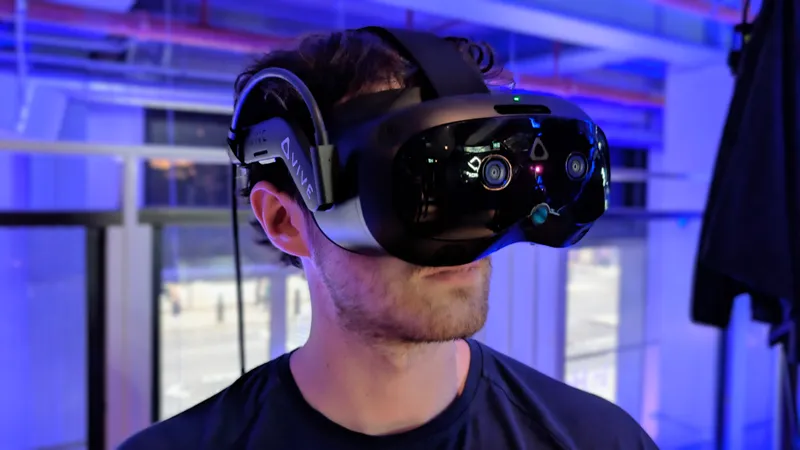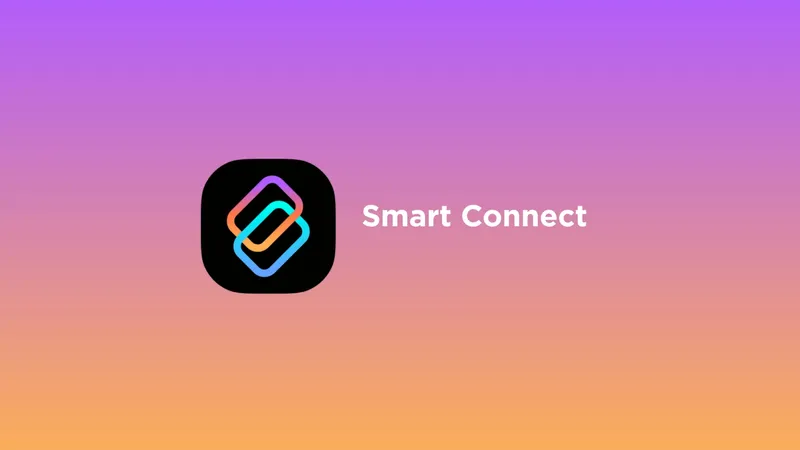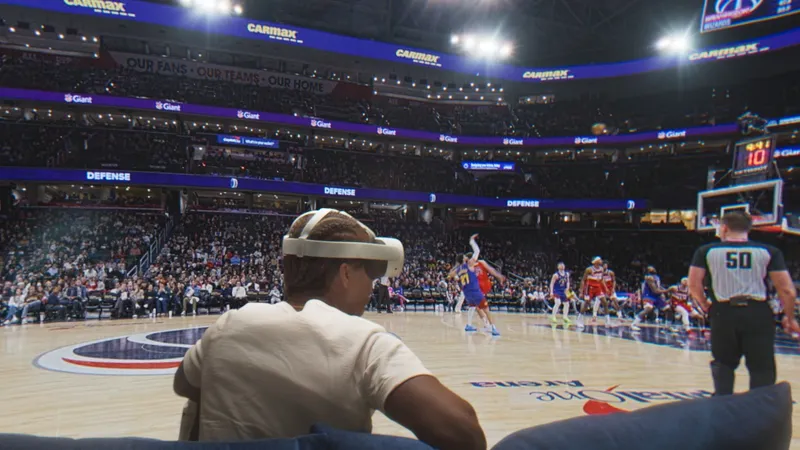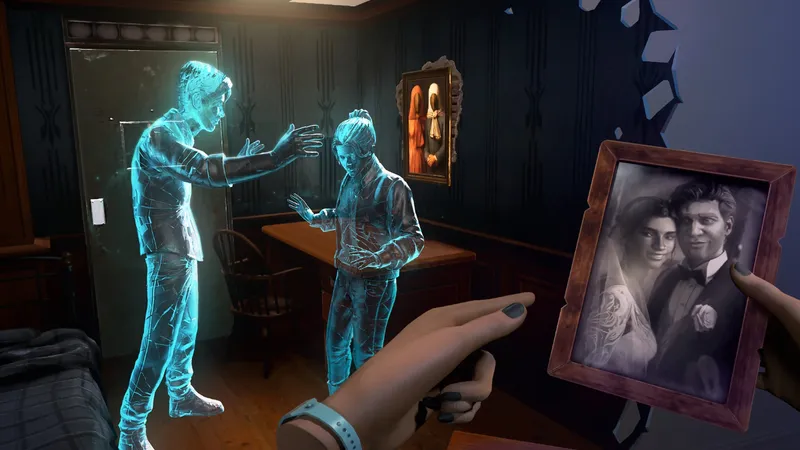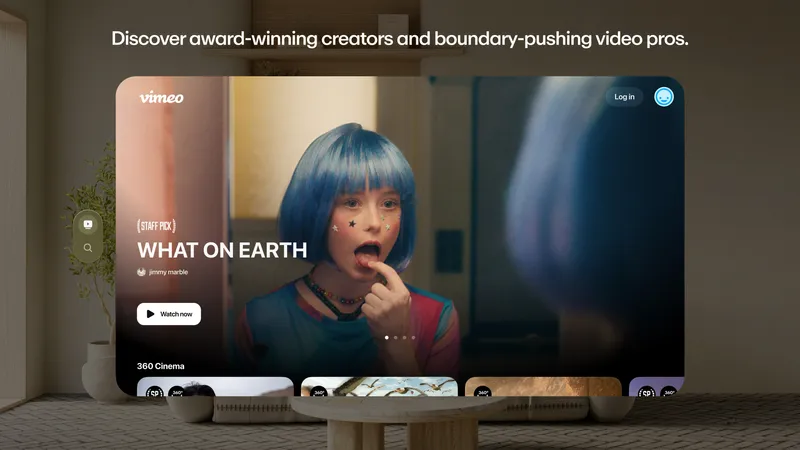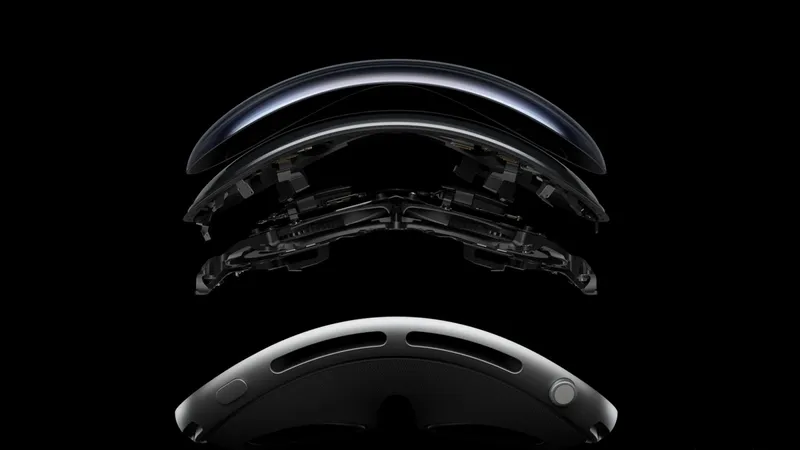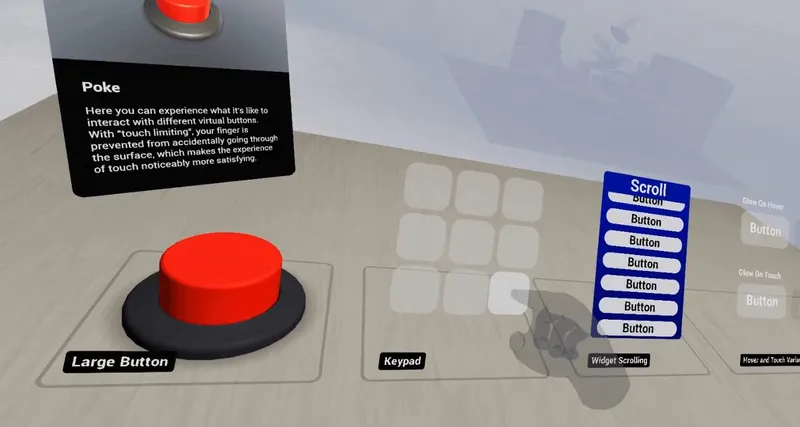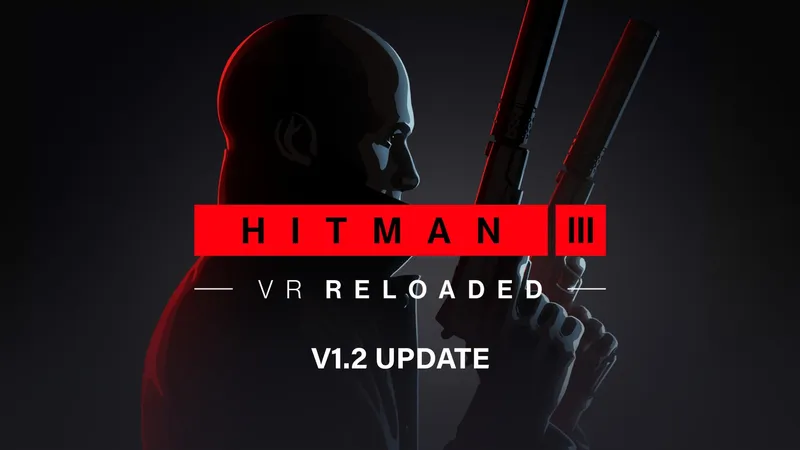Pimax Crystal is finally shipping to preorders, but both standalone mode and eye tracking aren't available at launch.
Pimax is a China-based startup most known for its 2017 Kickstarter for an ultra-wide field of view PC-based VR headset. Crystal was announced almost a year ago as a dual-mode VR headset designed to have the highest angular resolution on the consumer market, instead of ultra-wide field of view.
Pimax claimed Crystal would ship in Q3 2022, between last July and last September, but the company has a long history of repeatedly announcing unrealistic shipping timelines and missing them by months or years while announcing new products instead. In November, for example, it announced Portal, a handheld console with an accessory that turns it into a VR headset, and six months before Crystal it announced Reality 12K, which has yet to ship.
Pimax Crystal was originally announced at $1900 but the company subsequently decided to sell it at $1600 instead.
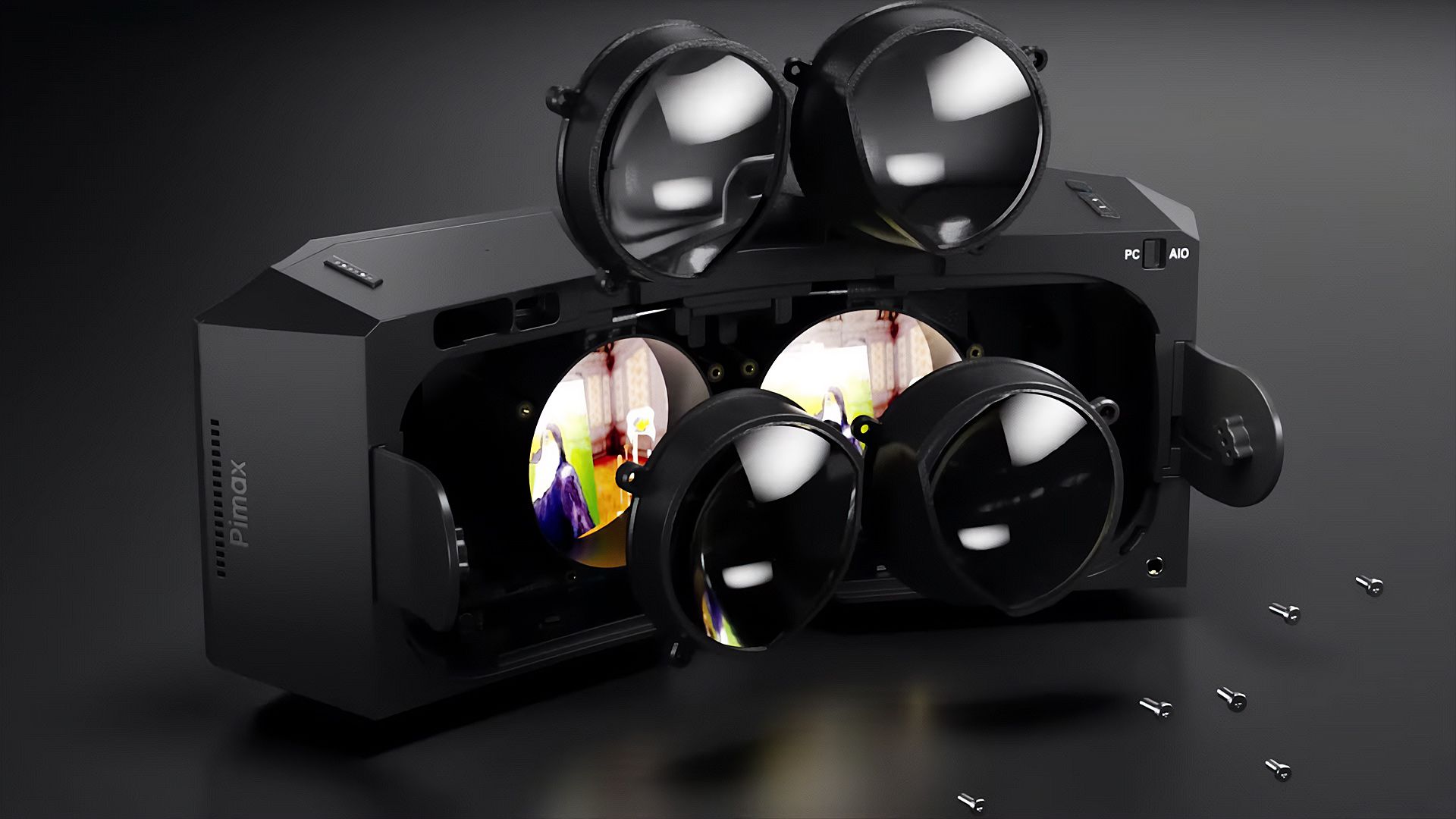
The headset is said to feature dual 2880×2880 LCD panels with Mini LED backlighting and a quantum dot layer. While traditional small LCD panels use a single backlight behind the entire display, Mini LED instead uses thousands of tiny LED elements, delivering contrast levels close to OLED – though with the tradeoff of some blooming. The quantum dot layer should deliver an extremely wide color range, which Pimax claims surpasses even OLED. The maximum refresh rate is 120 Hz normally, or 160 Hz in "testing mode".
A unique feature of Crystal is that it comes with two sets of swappable lenses, so you can choose between higher angular resolution and wider field of view. Pimax claims the wider lenses have a field of view of 120° horizontal, but beta testers have reported it to be around 105° in practice.
Crystal is supposed to have a standalone mode, so it can run without a PC. Pimax previously announced Ragnarok, Hyperstacks, BRINK Traveler, cyubeVR, and BoomBox would be present on its standalone store. That standalone mode won't be available at launch though, with Pimax planning to make it available in late June at the earliest. Eye tracking also won't be available at launch, and is also supposed to come in a future update.
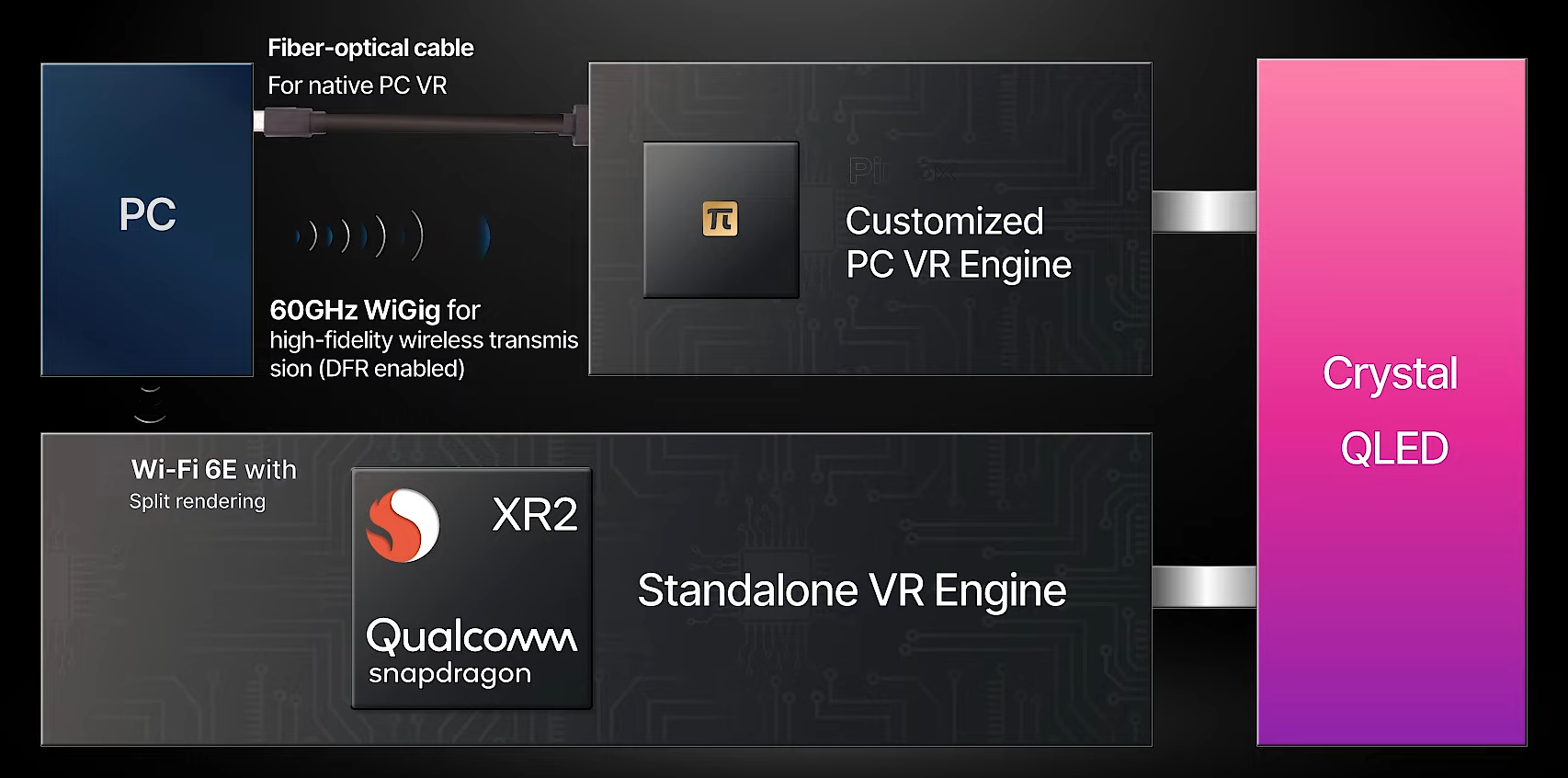
Pimax pitches Crystal as primarily a PC headset though, competing with Valve Index and Varjo Aero. As Pimax points out, the $1990 Aero has the same resolution but doesn’t come with tracking, controllers, or audio – and doesn’t have a wireless or standalone mode.
Crystal is said to support two separate PC VR modes. The standard method sends frames over your home Wi-Fi network similar to Quest Air Link or Virtual Desktop. The other high fidelity mode uses a DisplayPort cable or dedicated WiGig transmitter for a much higher bandwidth connection. The DisplayPort cable is supposedly included in the box, but the WiGig transmitter is planned to be sold separately at a later date.
Pimax claims shipping has begun today and all preorders will be fulfilled within two months. Again though, keep in mind the company's history of repeatedly missing the shipping targets it announces.

